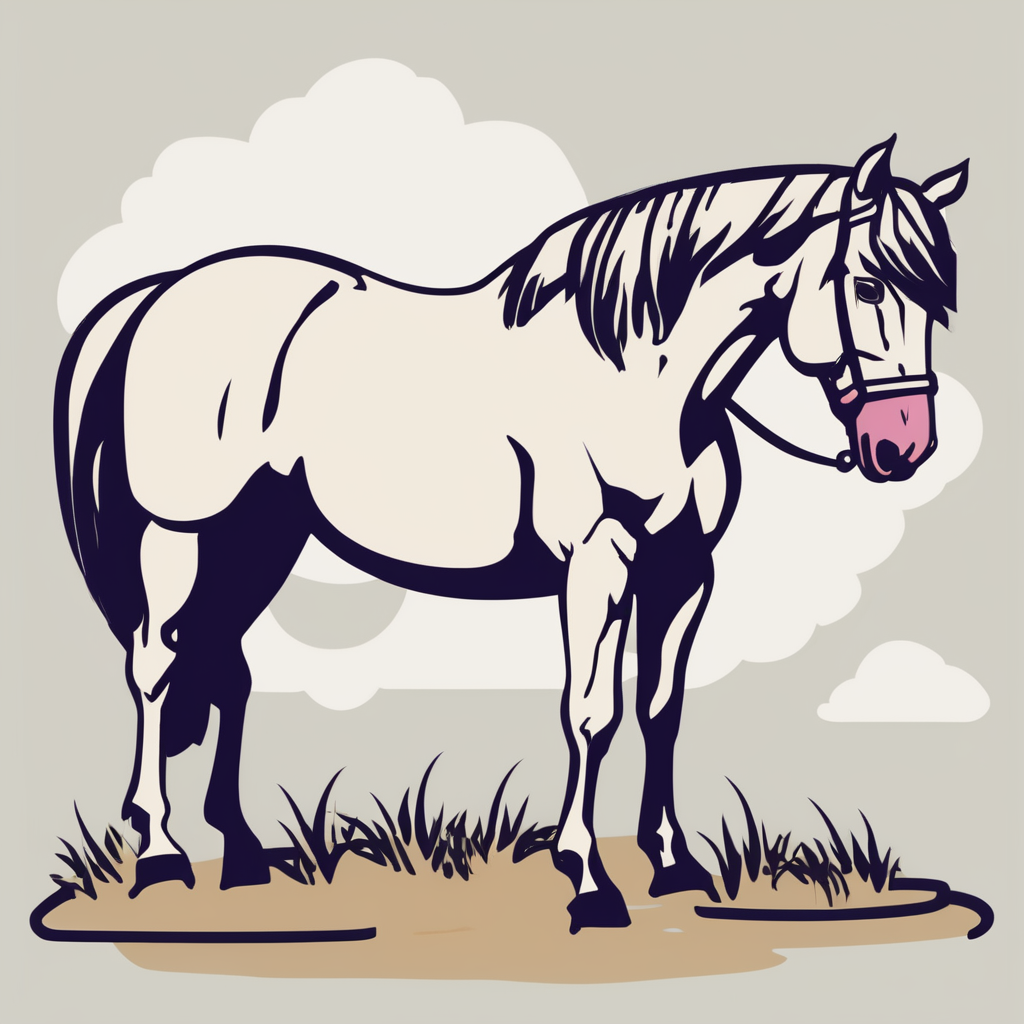Overview of Urbanization Trends in the UK
Urbanization in the UK continues to accelerate, with notable variations in urbanization UK patterns across regions. Major UK cities growth, such as in London, Manchester, and Birmingham, demonstrates consistent expansion as populations migrate toward urban centers for employment and lifestyle opportunities. This growth leads to significant land use change, where formerly rural or undeveloped areas are converted into residential, commercial, and infrastructure zones.
The rate of urban sprawl often outpaces planning efforts, resulting in a patchwork of development that extends the urban footprint into surrounding green spaces. This expansion not only transforms physical landscapes but also impacts ecosystems by fragmenting habitats and reducing biodiversity. Closer analysis shows how increased housing demands and transport networks are primary drivers of this shift in urban form.
Also read : What are the recent findings on UK animal population dynamics?
Understanding these urbanization UK trends is crucial for devising sustainable approaches that balance development needs while conserving wildlife habitats and maintaining ecological health within and around UK cities growth. This connection highlights the importance of integrating environmental considerations into land use planning.
General Impacts of Urbanization on Bird Populations
Urbanization profoundly affects urban wildlife, particularly bird populations in the UK. One primary consequence is habitat loss and fragmentation. As natural spaces are replaced by buildings and roads, many birds lose essential nesting and foraging areas. This reduction and division of habitats often lead to declines in species that depend on larger, contiguous green areas.
In parallel : How Can We Inspire Children to Protect Endangered UK Wildlife?
Pollution, including noise, light, and chemical contaminants, further alters the environment for birds. These changes affect their health, reproductive success, and behavior. Additionally, urban areas present changing food sources. Some bird species adapt by exploiting human refuse and bird feeders, leading to increases in populations of opportunistic species like pigeons and sparrows.
Overall, urbanization causes mixed outcomes. While many bird populations experience declines due to degraded habitats, others thrive by adapting to urban niches. Understanding these ecological impacts of urbanization helps prioritize conservation efforts, aiming to balance development with the needs of UK bird populations. This knowledge supports creating urban spaces that foster biodiversity rather than diminish it.
Species-Specific Responses to Urban Environments
Urban environments pose distinct challenges for UK bird species, causing varied responses among different populations. Some urban-adapted birds not only survive but thrive by exploiting new food sources and nesting sites. Species like pigeons, crows, and house sparrows display remarkable adaptability, altering their behavior to fit city life. Their ability to utilize human-provided resources helps boost urban population numbers.
Conversely, several vulnerable bird species face decline due to habitat loss and increased pollution. Woodland specialists or ground-nesting birds often find urban settings hostile, impacting their survival and reproduction rates. Declines are linked to reduced green spaces and increased disturbances, forcing some birds to relocate or perish.
Examples of adaptation include changes in feeding patterns, such as urban birds feeding at different times or on anthropogenic food items. Some species adjust nesting habits, using building crevices instead of trees. This behavioural plasticity demonstrates how urban pressures can drive evolutionary shifts, highlighting the importance of habitat management to support diverse avian communities in cities.
Underlying Causes of Change
Habitat loss birds face is a primary driver altering their populations and behavior. As natural areas shrink, species struggle to find suitable nesting and foraging sites. For urban birds, food scarcity urban birds encounter is a pressing issue. Traditional sources diminish due to landscape changes, forcing many to adapt by relying on human-provided foods or novel food sources. These shifts can affect bird health and reproductive success.
Light noise pollution birds experience further disrupts natural behaviors. Artificial lighting confuses migratory cues, while urban noise masks important communication signals. This interference can lead to disorientation, increased stress, and difficulty in predator avoidance.
Climate and microhabitat changes also play vital roles. Temperature fluctuations and altered rainfall patterns transform insect availability and plant phenology, impacting food supplies. Microhabitat alterations affect shelter quality and exposure to predators.
Together, these factors create complex challenges for bird populations. Understanding how habitat loss birds endure, food scarcity urban birds manage, and light noise pollution birds navigate is essential for developing effective conservation strategies that address these intertwined environmental pressures.
Recent Studies and Trends in UK Bird Populations
Recent scientific studies birds UK have revealed important trends through comprehensive bird monitoring UK initiatives. These studies provide clear population data demonstrating shifts in bird numbers across various habitats. For example, widespread monitoring has shown that some species, like the house sparrow and starling, have experienced notable declines, while others, such as the little egret, are increasing.
Analyses utilizing maps and graphs provide visual representation of these changes, highlighting regions where conservation efforts have succeeded or where threats persist. In particular, data indicates that urban and farmland birds are often more vulnerable due to habitat loss and intensifying land use, making continuous monitoring essential for effective management.
By examining long-term data sets, researchers can track population trends with precision, aiding targeted conservation strategies. This detailed population data from recent scientific research underscores the dynamic nature of UK bird populations and emphasizes the need for ongoing, adaptive monitoring programs. Understanding these trends allows stakeholders to make informed decisions to protect and sustain bird diversity throughout the UK.
Conservation Efforts and Expert Perspectives
Bird conservation UK faces growing challenges as urban expansion directly affects natural habitats. The RSPB plays a pivotal role in implementing targeted initiatives that protect vulnerable bird populations from the consequences of urban development. One major conservation initiative involves creating green corridors within cities, enabling birds to move safely between fragmented habitats. These corridors improve genetic diversity and reduce mortality caused by traffic and buildings.
Experts in the field, including ornithologists and conservationists, emphasize the critical need for data-driven strategies. They highlight how continuous monitoring of bird populations through citizen science projects supports adaptive management. According to these experts, urban planning must integrate wildlife considerations, such as maintaining native vegetation and minimizing light pollution, which disrupts avian behaviour.
Furthermore, recommendations for urban planning propose incorporating bird-friendly elements in design, like nesting boxes and window decals to prevent collisions. Citizen involvement is equally crucial; community engagement in bird conservation UK fosters awareness and local stewardship. Combining expert views with proactive urban design forms a promising pathway to sustain diverse bird populations despite ongoing urban pressures.


